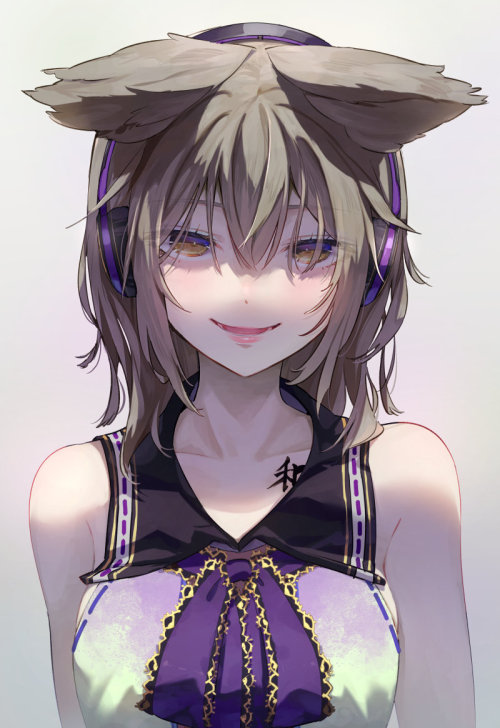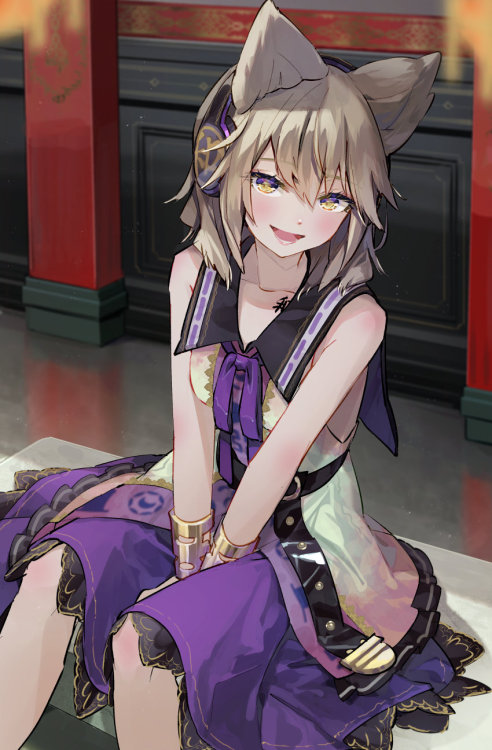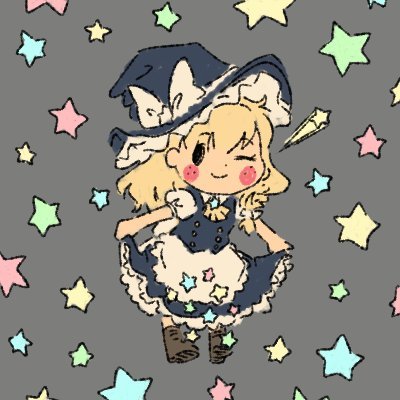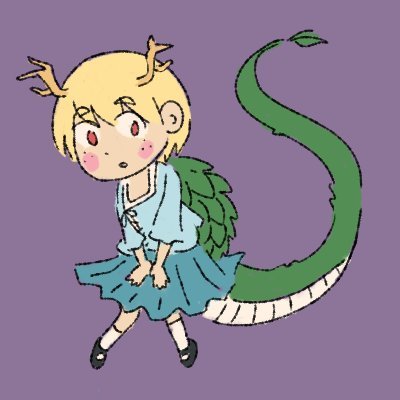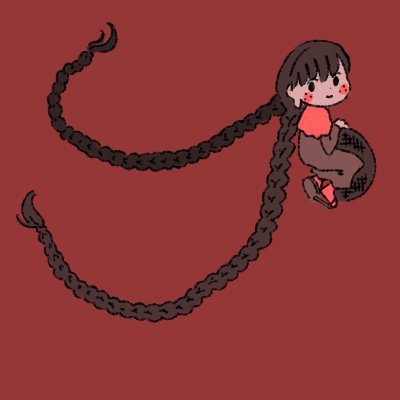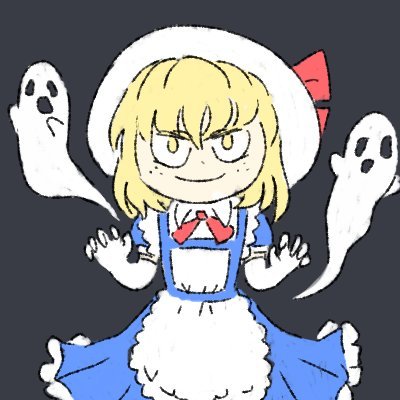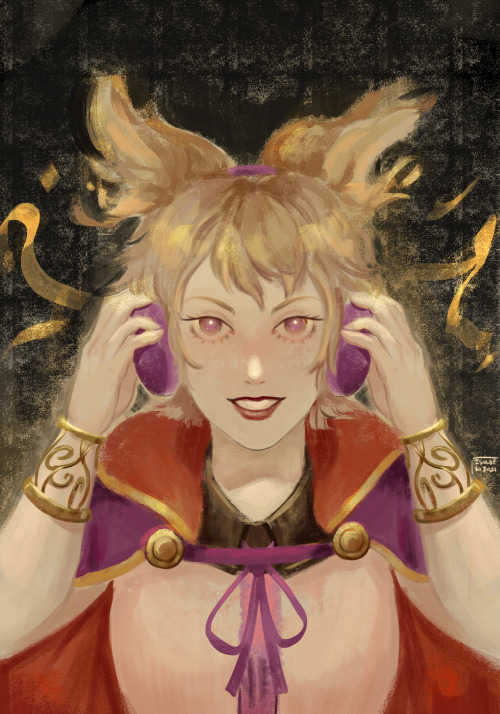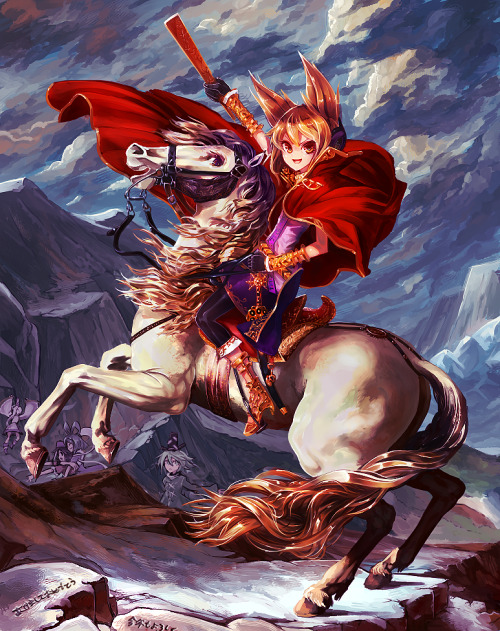#toyosatomimi no miko

Happy Birthday my prince *:゚*。⋆ฺ(*´◡`)
sakimiko 驪駒早鬼 豊聡耳神子
doujin manga:https://www.melonbooks.co.jp/detail/detail.php?product_id=1153541
Post link
sakimiko 驪駒早鬼 豊聡耳神子
doujin artbook:https://www.melonbooks.co.jp/detail/detail.php?product_id=1120071
Post link
One more HM take, because why not:
I get that HM sets up Byakuren and Miko to be each other’s arch-nemeses, but can we take a moment to note that the person both of them are most hostile towards is actually Mamizou?
Miko especially, and to be fair, the hostility was a foregone conclusion given that Mamizou mockingly impersonated her to her face.
貴様……! (yes, that’s “kisama”)
二度と私の真似など出来ぬ様にしてやろう!
I will ensure that you can never mimic me again!
Pretty sure the only way to do that is to beat Mamizou to a pulp, which is Miko’s point. And even the greenest weeb knows exactly how rude “kisama” is.
There was a popular tumblr post some years ago that among other things tried to spin Miko’s “let us forget about my earlier rudeness” (先ほどの非礼は水に流そう) as her apologizing to Mamizou. Idk, if someone called me a bastard and threatened my life, immediately changed their tune when they wanted something from me, and then asked me to pretend their nastiness never happened without even offering a “sorry”, I wouldn’t see it as an apology so much as a shameless attempt to manipulate me. And Mamizou’s reaction of “We’ll see…” (そうじゃな……) suggests she feels similarly.
Meanwhile the worst thing Miko says to Byakuren is just the same old “Buddhism is for political manipulation” spiel from SoPM, and this time Byakuren gently dismisses it with “Isn’t it a shame? That a monk and a Taoist see things so differently” (悔しいんでしょ?僧侶と道士の評価が段違いで). Likewise, Byakuren’s worst is just accusing Miko of using “evil spells,” or saying she feels “an ominous aura“ from Miko in her win dialogue against Miko. Contrast this with what Byakuren says in her win dialogue against Mamizou:
茶釜に変身しても良いんですよ? 永遠に
Why don’t you transform into a kettle? Forever.
Y i k e s. Anyone who thinks Byakuren’s been nasty to Miko has clearly never seen what “nasty” from Byakuren actually looks like. She’s fairly civil to Mamizou in all their story dialogue, so this is a bit of a surprise unless you consider that TD and SoPM confirm Mamizou as nothing more than a nuisance at the temple, and also that perhaps Byakuren finally caught word of Mamizou impersonating her to pick fights.
As penance for memeposting, here’s an actual HM take:
Something that seems to be pointedly ignored by the fandom (both Japanese and western) is how much HM indicates that Byakuren is a much better “parent” to Kokoro than Miko is.
For starters, Byakuren’s ending is the only pre-Mamizou ending in which Kokoro generates her own hope instead of depending on an external source. In Reimu and Marisa’s endings, Kokoro uses their hope; in Miko and Koishi’s endings, Kokoro uses Miko’s mask (it’s implied in Koishi’s ending but the Eng translation is a little off); in Nitori’s ending, Kokoro uses one of Nitori’s masks. (Ichirin and Futo’s endings seem to be before all the other endings and don’t involve Kokoro getting new hope or a new mask.)
As much as we all love to imagine Miko as a doting parent, HM suggests she’s the kind of parent who plops her kid in front of a screen with some snacks and lets YouTube do the rest. Kokoro never even appears in Miko’s ending, and what’s worse, Futo’s ending says:
新しい希望の面を手に入れたこころは、これからどうなっていくのだろう。こればかりは神子にも布都にも判らなかった。それがあんな事になろうとは。
What would happen to Kokoro now that she had the new mask of hope? Only this did neither Miko nor Futo know. That such a thing would happen.
Leave the parenting to YouTube and eventually your kid will be “parented” by Elsa and Spiderman. Not that Miko knows or cares, as long as the kid isn’t causing her any problems. Eventually Miko just outright states that she’ll turn Kokoro back into a tool in the final battle of Kokoro’s route. A docile screen zombie is the perfect child for someone who’s got more important things to do.
In stark contrast to all this is Byakuren’s ending, where Kokoro comes directly to Byakuren for advice:
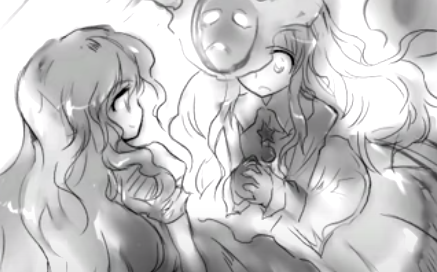
Having a one-on-one conversation with the kid where you actually listen to her questions and concerns is generally considered better parenting than pacifying her with a mindless addiction, and the proof is in Kokoro’s response:
「いやあ、希望が湧きます!」
[…] その結果、内から希望が湧いてきたようだ。こころは自らの希望で新たな希望の面を作りだした。
“Oh wow, that fills me with hope!”
[…] As a result, it seems hope welled up from within her. From her own hope, Kokoro made a new mask of hope.
It’s no coincidence that the only other mention of Kokoro’s “hope from within” is by Mamizou in Kokoro’s route. By now it should be common knowledge that Mamizou does the most for Kokoro’s personal growth, so it’s significant that her endgame for Kokoro is the same as Byakuren’s. As cute as it is to picture Miko and Byakuren vying for Kokoro’s affection, HM strongly implies that Miko sees Kokoro as more of a nuisance than a person, whereas Byakuren’s ending directly states that Byakuren “was endlessly interested in seeing [Kokoro’s] real face.” In HM, Byakuren is second only to Mamizou in terms of how invested she is in Kokoro’s personal growth. Miko comes in a distant third, if that.
One of my favorite parts of this excellent set of Okina headcanons is the following:
the first visual image showed Matara-jin as a combination of two female gods and one male god. There are a number of ways you can interpret Okina’s gender, but in light of this I tend to assume Okina has been both male and female from the outset.
Turns out Buddhist lore is an absolute goldmine of material for those of us who like to take our nonbinary headcanons a little more seriously. And so, in addition to throwing my full support behind the above nb Okina headcanon, I would like to offer my own takes on nb Miko and nb Byakuren.
Let’s start with Miko.
If we don’t buy the “woman in disguise" and/or “historical revisionism” handwaves, then it’s natural to assume that Miko is a binary transwoman since her new body and pronouns match a binary female identity. But the explanation for Miko’s choice of new body is a little odd:
豊聡耳神子は現代に合わせた姿に変えたそうだ。
Toyosatomimi no Miko seems to have changed to a look more suited to modern times.
If we take this to be just about Miko’s fashion and not her body, then we’re willfully ignoring the part about shikaisen abandoning their meatsuits. But fitting in with the times is a very impersonal thing that has nothing to do with the very personal matter of gender identity. We could try to dismiss the entire line as Akyuu’s wild speculation, but ZUN gives very clear indicators of when to doubt her, and I don’t think casual transphobia is one of them.
If this isn’t just about fashion, and Akyuu isn’t being transphobic, then perhaps Miko’s choice of body is more about presentation than identity, which in turn suggests that she might actually be nonbinary since her transition rationale works against “binary woman” and her lack of dysphoria works against “binary man.” And there’s plenty of evidence that Miko simply prefers to present along binary lines without intending for that presentation to reflect a binary identity:
- uses she/her pronouns but title of 太子, which is intended for male heirs and is much closer to western “crown prince” than “crown princess”
- switches between feminine “schoolgirl with ribbon” look and masculine “Nobunaga-esque image” (SCoOW profile ZUN comment), always with skirt, sometimes combines masculine cape + feminine ribbon
- initially uses typical polite-feminine speech (identical to Byakuren’s), but permanently switches to aggressively masculine speech after HM (you can actually see her switch between the two patterns in HM)
Of course gnc binary women (both cis and trans) exist, but the point is that Miko mixes and matches from both halves of the binary in all aspects of her presentation, and there’s no reason to believe this doesn’t extend to her body, which means the usual pronoun + post-transition body combination is no longer a reliable indicator of her gender identity. She might identify as a binary transwoman, but she just as easily might not.
The case for nonbinary Miko only gets stronger as we move from canon to Kannon - specifically, the Guze Kannon mentioned in a number of Miko’s spells. At some point people started worshiping Shoutoku as a messianic (guze = 救世 = world-saving) manifestation of Kannon, and one of these people was a monk named Shinran who wrote an entire set of hymns praising Shoutoku, including:
Prince Shōtoku was born as Queen Srimala in India and appeared as Master Hui-ssu in China.
He appeared in China to help people; he was reborn as both man and woman five hundred times.
Miko’s spells are a clear indicator that she’s based on this mythic version of Shoutoku, which means any contribution to this lore is fair game for her lore. And even if we had to pick and choose, Shinran’s contributions to Shoutoku lore would absolutely make the cut given just how hard he stanned the dude (expect to hear a lot more about this in future posts). Who am I to question the headcanons of Shoutoku’s #1 fanboy?
As for Byakuren, all we need is the fact that she’s the only Myourenji monk who actually takes the sutras seriously. And the Vimalakirti Sutra, which is pretty damn important in East Asian Buddhism, features a goddess who reminds a guy named Shariputra that Buddha cancelled binary gender:
If the elder could again change out of the female state, then all women could also change out of their female states. All women appear in the form of women in just the same way as the elder appears in the form of a woman. While they are not women in reality, they appear in the form of women. With this in mind, the Buddha said, "In all things, there is neither male nor female.”
If Buddha says binary gender is cancelled, and Byakuren lives by Buddha’s words, well, you do the math. Also cis-passing fembies are extremely valid and deserve more rep.
Incidentally, that Wikipedia link says, “another significant commentary is the Yuimagyō gisho 維摩経義疏, or Commentary on the Vimalakīrti Sūtra, ascribed to Prince Shōtoku.” As will become apparent from future posts on this blog, historical Buddhist lore is the real HijiMiko MVP.
In conclusion, Okina-Miko-Byakuren medieval Buddhism enby trifecta rights.
Miko crossing the Alps, on her trusty steed Byakuren. By kusakanmuri, and also Jacques-Louis David.
Onward!
Post link

★⭑





